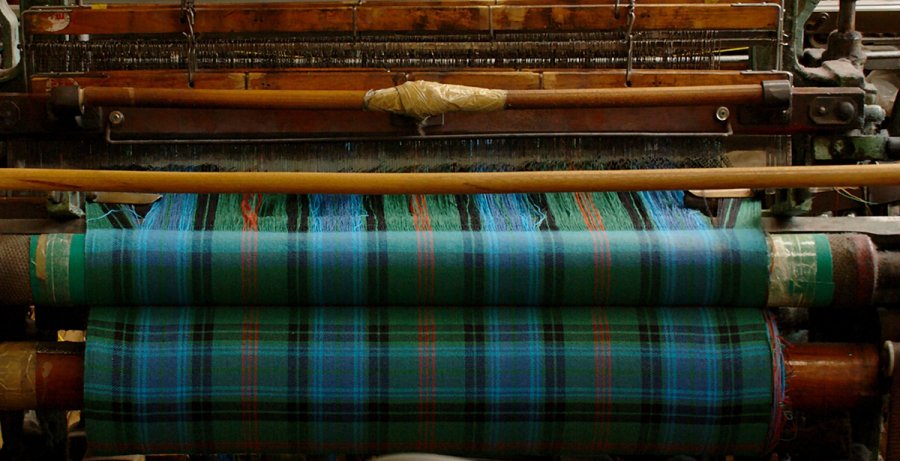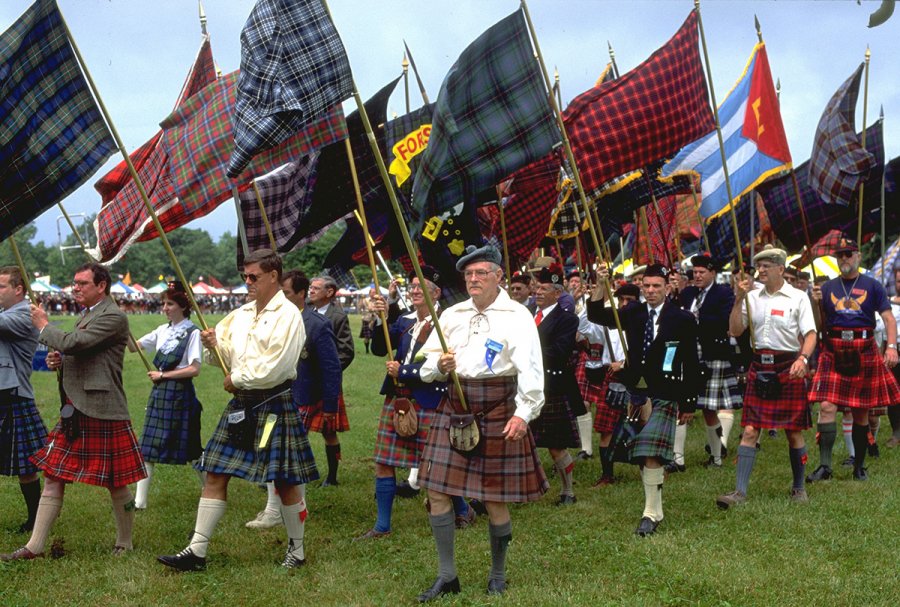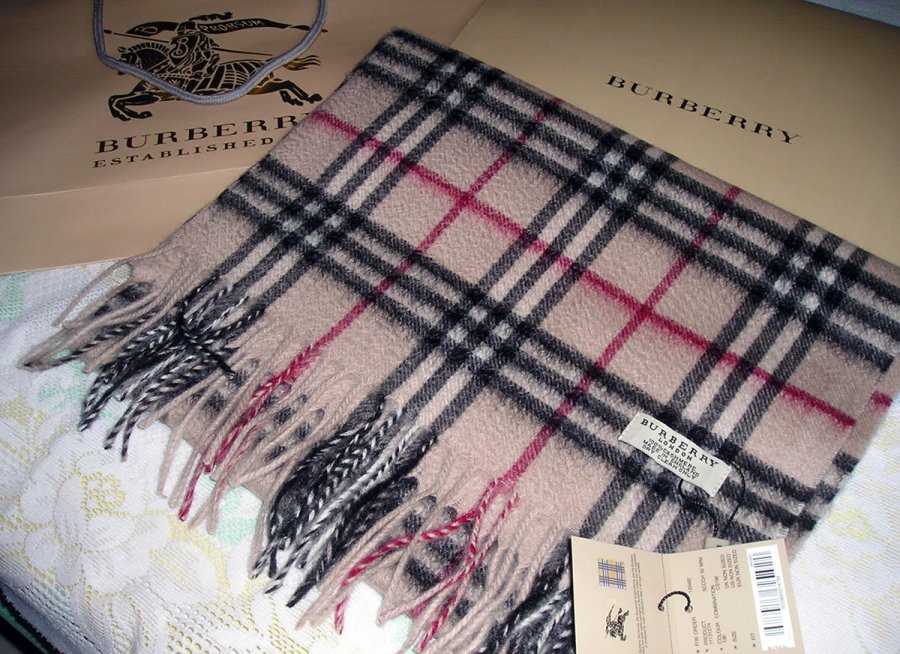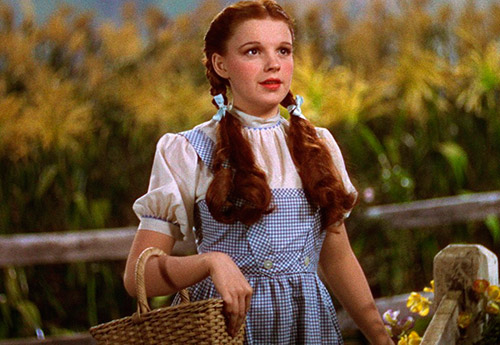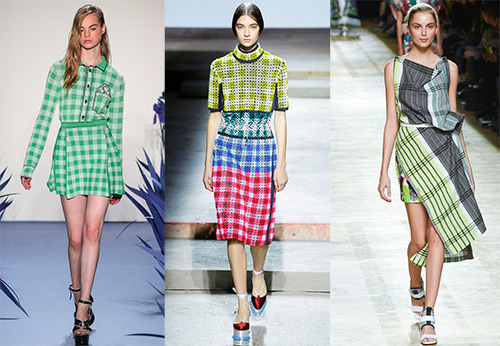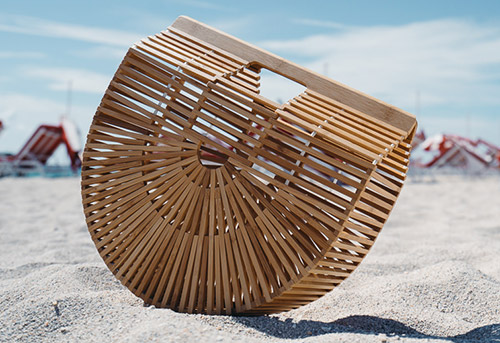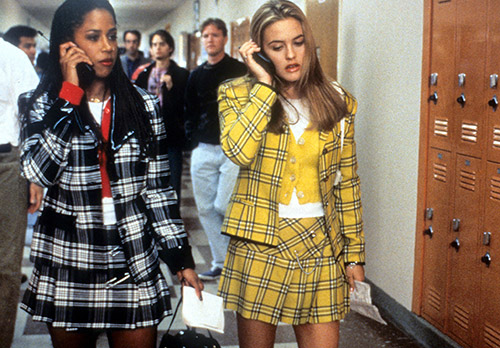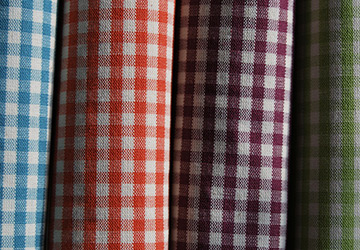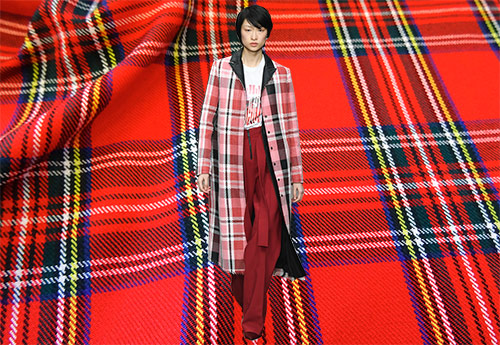Materials Science
History of tissues in a cage
The cage is a very popular textile pattern. Walking through the streets of our cities, you can see many items of clothing created from checkered fabrics. In addition to the street and clothes, the cage is immediately associated with tablecloths, napkins ...
Let's find out the history of the cell, when it appeared and what types of cells are in the textile industry.
The history of the origin of cells on tissue
1. There is an opinion that the cage appeared thanks to weavers from the French town of Vichy, it was there that they came up with the idea of weaving cloth, intertwining white and colored threads (initially only two color options were used - red or blue) to get a three-color cage. In those places where the colored threads are superimposed on each other, a bright cell is obtained, and where they intersect with white ones, a pale one.
The resulting Vichy fabric was used for household items, furniture was even upholstered with it, and then checkered fabrics migrated to clothing.
2. It is believed that the invention and popularization of the checkered pattern belongs to Scottish men, only this version is unreliable. During archaeological excavations in Egypt, scientists discovered an ancient mummy wrapped in a checkered shroud.
In addition, a well-known historical fact is that in ancient Rome there were checkered togas, and the samurai of Japan had a checkered kimono.
3. On the frescoes and engravings inherited from Byzantium, there is a drawing in the form of large squares and rhombuses, in which images of animals are placed. And in ancient Russia there were squares and rhombuses.
Therefore, it is difficult to draw conclusions - checkered fabric was produced at different times, in different places, and it is now unrealistic to establish when people first thought of making a checkered fabric, because always countries, peoples or designers strive to attribute any achievement to themselves.
Given that history is constantly being rewritten, it doesn't matter who invented plaid and when. The main thing is that today cellular tissues are mostly associated with Foggy Albion, this is a cell Burberry, and Scottish traditions.
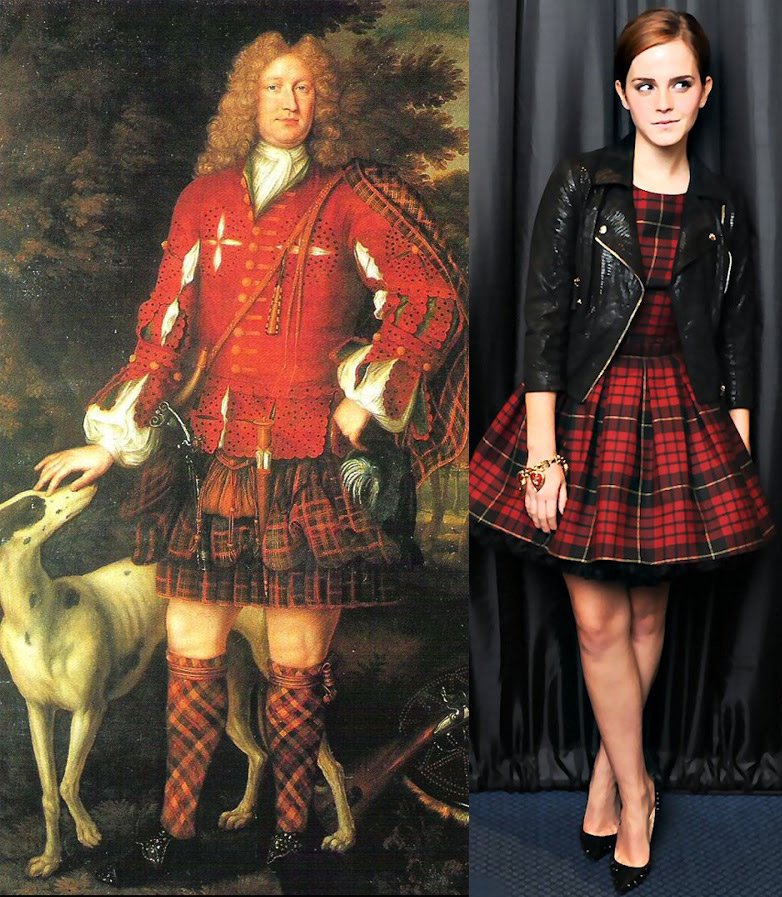
Types of cells on tissue
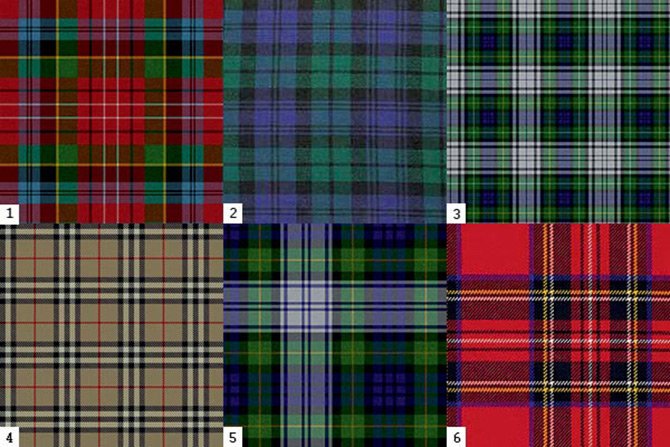
Tartan
The first mention of tartan dates back to 325 AD. A very tattered piece of cloth is kept in the National Museum of Scotland in Edinburgh. The very word "tartan" literally means "drawing".
1. "Caledonia" Is a versatile tartan that every Scotsman can wear.
2. "Black Watch" - military tartan, which became the basis for many clan tartans, such as "Gordon" and "Campbell".
3. Dress Campbell - the front tartan of the Campbell clan.
4. "Burberry" - tartan was created for the company in 1920 and entered into the register in 1985.
5. "Dress Gordon" - An elegant version of the Gordon clan tartan.
6. Royal Stewart - the most famous tartan in the world.
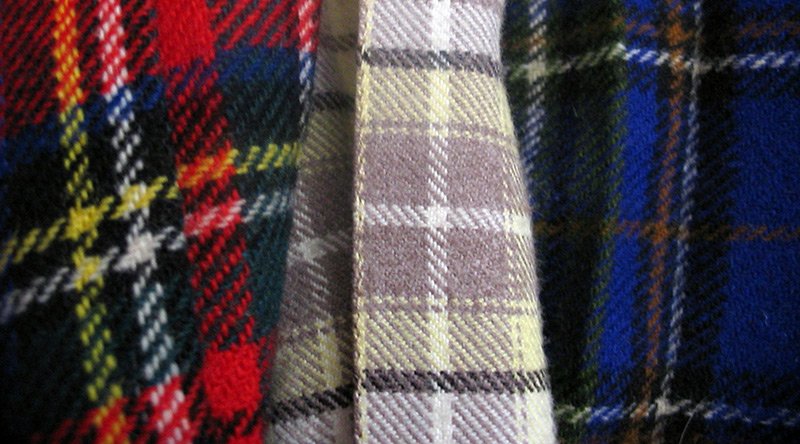
At first, the tartans weaved in Scotland had no special name or meaning. They were woven from a certain set of threads dyed with dyes obtained from local plants and fruits. It is clear that tartans were woven and spread in the surrounding area. Therefore, each area had its own colors, determined by local dyes.
The fashion for tartan was introduced by none other than Queen Victoria of Britainwho adored "everything Scottish". It was she and her husband Albert who came up with the idea to decorate their residence with checkered decorative fabrics. During the industrial revolution, fabrics began to be made in factories. Since then, the English society seemed to be obsessed with the checkered print.
And the madness continues to this day. A great example is a cage Burberry, which the brand protects and tries to protect from copying by all means. True, this activity is completely useless, the fashion world copies and uses absolutely everything in order to satisfy the desires of buyers of any income and origin.
Comments and Reviews
Add a comment
Rating news
Shades of clothing that make women look younger
What shades of hair make women younger: rules and photos
Funny wedding dresses - photos and ideas
12 most expensive down jackets for the winter
How to look 25 at 40: tips from supermodels
Beautiful schoolgirls
Anti-aging haircuts and hairstyles for women
Fashionable skirts for autumn and winter
Fashionable women's trousers for the cold season
Fashionable and stylish sandals for summer 2024
Spring-summer 2024
 Fashionable dresses and tops with thin spaghetti straps
Fashionable dresses and tops with thin spaghetti straps
 Bandana tops: how to wear stylishly and beautifully
Bandana tops: how to wear stylishly and beautifully
 How to put together the perfect men's wardrobe for the summer
How to put together the perfect men's wardrobe for the summer
 Fashionable shorts for spring-summer 2024
Fashionable shorts for spring-summer 2024
 Fashionable skirts for spring-summer 2024: a guide to online shopping
Fashionable skirts for spring-summer 2024: a guide to online shopping
 The most fashionable dresses spring-summer 2024: styles and colors
The most fashionable dresses spring-summer 2024: styles and colors
 Fashionable total look 2024: ideas of images and trends
Fashionable total look 2024: ideas of images and trends
